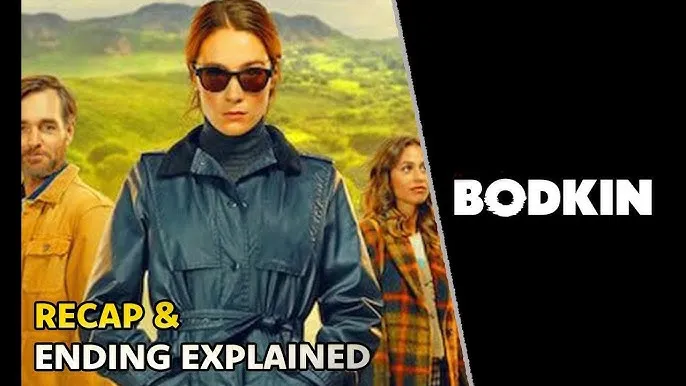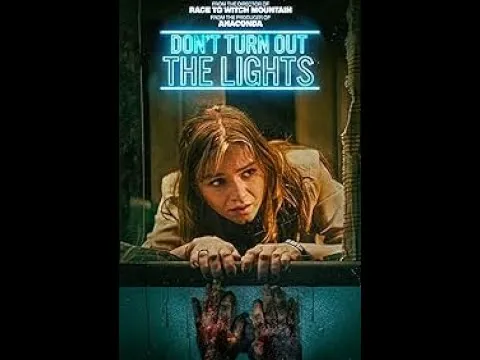He left the killing behind — but the killing never left him.
In the misty, wind-beaten corners of 1970s Ireland, peace is more myth than memory. And forgiveness — if it exists at all — comes with a body count. In In the Land of Saints and Sinners, Liam Neeson returns not as a righteous avenger, but as a weary executioner, dragging behind him a life of bloodshed and ghosts that won’t stop whispering.

Finbar Murphy (Neeson) is a retired hitman living in a quiet coastal village, a place where the sea crashes loud enough to cover past sins. But quiet never lasts in a land built on violence. When a group of IRA terrorists — led by the cold-eyed Doireann (Kerry Condon) — arrives, bringing with them the wreckage of their war, Finbar is pulled into one last reckoning.
This isn’t a story of redemption. It’s a story of whether a man drenched in guilt can die with even a sliver of peace. The film moves slowly, like storm clouds gathering over a dying land. Director Robert Lorenz crafts each frame with the weight of inevitability — wind cutting through graveyards, children playing too close to shadows, pubs echoing with songs older than the war.

Liam Neeson is devastating in his restraint — a man who’s done monstrous things, now forced to choose: stay silent and let the innocent suffer, or break his promise of peace and become the monster again. Kerry Condon is equally haunting as Doireann, a woman shaped by loss, burning with purpose — and pain.
In this land, saints are buried beneath stones with no names. And sinners still walk, cloaked in silence.

-1750298080-q80.webp)
-1753844906-q80.webp)
